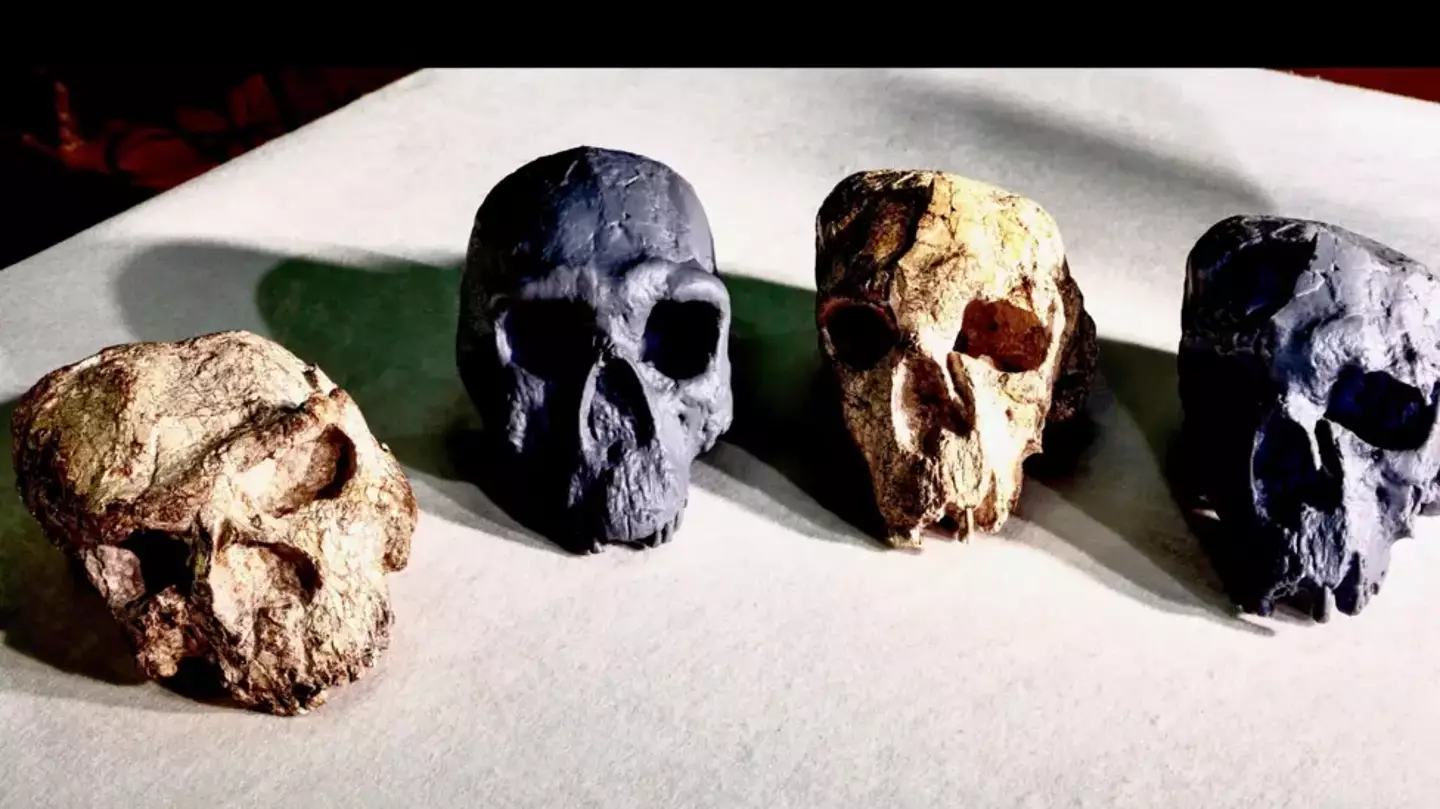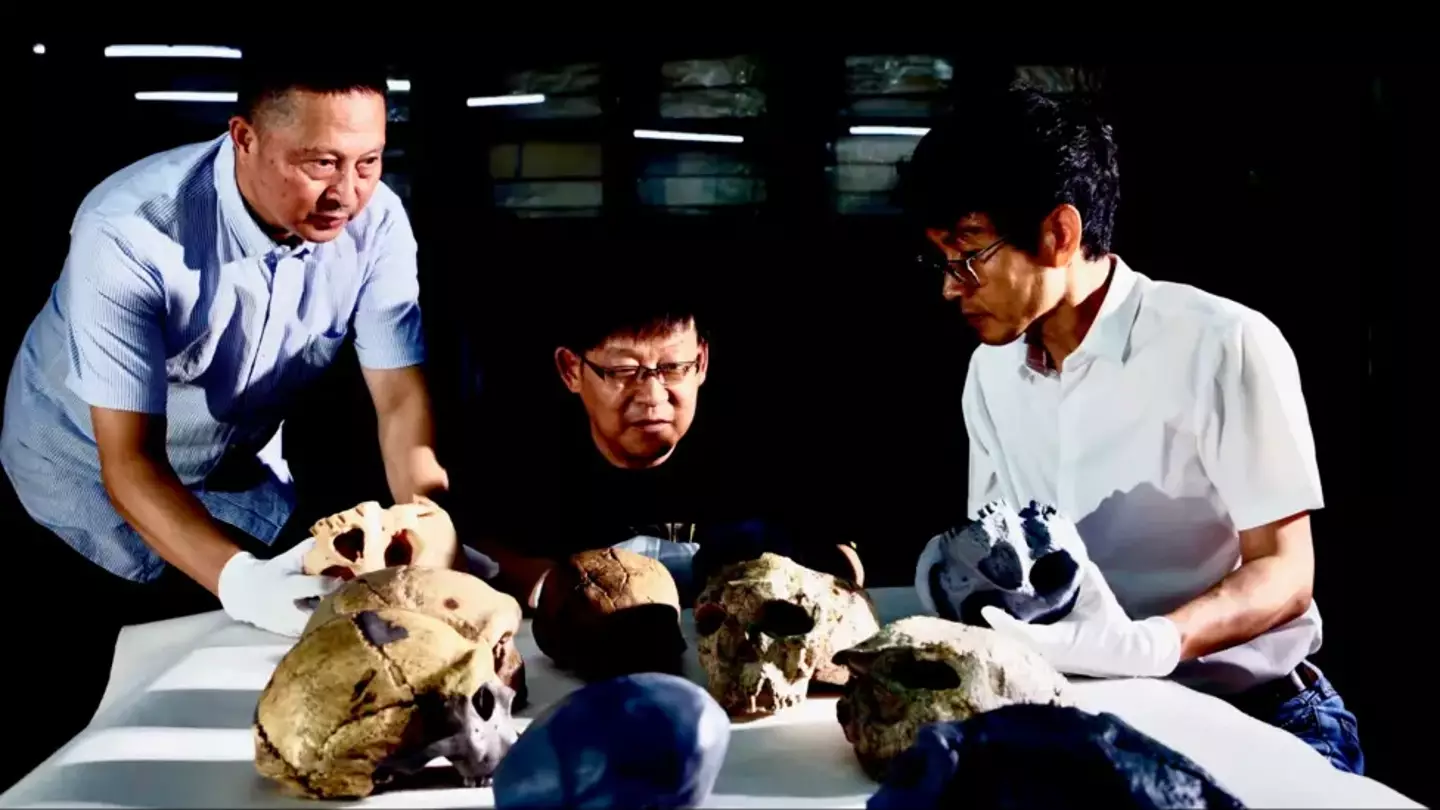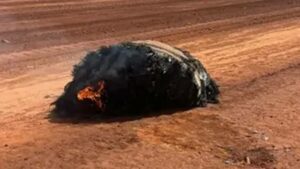Ancient Skull Discovery Forces Experts to Rethink What We Know About Human Origins
So, picture this: a skull—crushed, battered, but timeless—lurking in China’s Hubei Province since 1990, suddenly decides to drop a bombshell on human history. Yep, you heard that right! This ancient noggin, about a million years old, might just mean humans were hanging around Earth at least half a million years earlier than we thought. And if that’s not enough to blow your mind, it also suggests we were chilling alongside the Neanderthals and other cousins way longer than textbooks have been telling us. Talk about rewriting the family reunion guest list! Now, before we all start calling ourselves “Dragon Man” fan club members, scientists are cautiously optimistic—there’s still some debate swirling around. But the use of high-tech CT scans and 3D digital reconstructions has given new life to the fossil, revealing connections to the mysterious Denisovans, sparking fresh questions about our tangled, kinky evolutionary roots. How’s that for a plot twist? The “Muddle in the Middle” between a million and 300,000 years ago might finally start making a little more sense. Good thing we humans love a sequel, huh? LEARN MORE.
A skull dating back approximately one million years appears poised to rewrite history after a groundbreaking study revealed the existence of humans much earlier than previously thought.
The team of researchers now believes that humans existed at least half a million years earlier than previously thought.
Not only that, it shows that humans actually coexisted alongside our sister species, including Neanderthals, for significantly longer than previously thought, and if confirmed, could ‘totally change’ what we know about human evolution.
While there is still much disagreement about the finer details of how humans came to roam on Earth, other experts have claimed that while the research is certainly plausible, it’s not yet certain.
The groundbreaking discovery, which has been published in the journal Science, comes after a badly crushed skull was found in Hubei Province, China, back in 1990.

The white skulls are the originals and the grey ones have been digitally corrected (Fudan University)
Because of the condition of the skull, it was difficult to determine its age, but scientists were pretty certain that it belonged to Homo erectus.
However, it wasn’t until recently, when a team of researchers from Fudan University in Shanghai and the Chinese Academy of Sciences in Beijing used CT scanning and structured light imaging to reconstruct the cranium digitally, that its true history was uncovered.
Led by paleoanthropologist Professor Chris Stringer from London’s Natural History Museum, the team originally believed the skull to be an earlier ancestor of humanity, named Homo erectus, because it dated back long before advanced humans were thought to have existed.
The current view is that Homo erectus evolved into Neanderthals around 600,000 and into our species, Homo sapiens.
However, the team quickly discovered the skull was likely not Homo erectus and was actually an early version of Homo longi, known as ‘Dragon Man’, who had some close links to another sub-group of ancient humans, the Denisovians.

The skulls were actually found to be closer to another species, known as Homo longi (Fudan University)
Genetic evidence suggests it existed alongside them, so if Yunxian 2 existed a million years ago, then the early versions of Neanderthal and Homo sapiens likely did as well, the research claims.
“Our research reveals that Yunxian 2 is not Homo erectus, but an early member of the longi clade and linked to the Denisovans,” Professor Stringer explained.
“This changes a lot of thinking because it suggests that by one million years ago, our ancestors had already split into distinct groups, pointing to a much earlier and more complex human evolutionary split than previously believed.”
Meanwhile, co-analyst Professor Xijun Ni of Fudan University described their find as ‘unbelievable’, adding: “But we tested it again and again to test all the models, use all the methods, and we are now confident about the result, and we’re actually very excited.
Their radical research suggests that there must be earlier members of species that have yet to be discovered, while also raising broader questions about how these lineages first evolved.
Stringer continued: “Yunxian 2 may help us resolve what’s been called the ‘Muddle in the Middle,’ the confusing array of human fossils from between 1 million and 300,000 years ago. Fossils like Yunxian 2 show just how much we still have to learn about our origins.”
Auto Amazon Links: No products found.















Post Comment